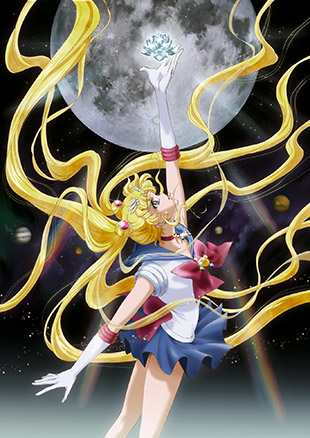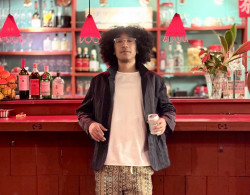
Originally published on metropolis.co.jp on August 2014

Fumio Osano sits in a small meeting room accessed beyond a box of rolled-up Fairy Tail posters. The editor of Naoko Takeuchi’s wildly popular Sailor Moon manga, as well as its predecessor Codename: Sailor V, Osano boasts four decades of immersion in the anime and manga world. “I own the magazine where the word ‘otaku’ (nerd) was first used,” he says proudly.
Prior to columnist Akio Nakamori’s 1983 popularization of the term in Manga Burikko, a now-defunct lolicon manga magazine, adult interest in anime was simply referred to as a form of “mania.”
Looking at Japan now, it’s hard to believe there was ever a time when anime wasn’t for everybody. Anime movies account for four of the top ten all-time box-office draws in Japan, with Hayao Miyazaki’s Spirited Away holding the top spot from 2001 until June this year—when it was surpassed by Disney’s Frozen.
Yet back in the early ’80s, Osano complains, “Otaku were seen as crazy. If you said, ‘What are otaku like?’ and got into the real image, you’d see a strange pattern of overweight, bag-carrying, Ramu-chan T-shirt wearing men.”
This might explain why, even following the raging success of Sailor Moon in the ’90s, Osano was staggered by the response to the announcement of Sailor Moon Crystal. “We didn’t expect this many people to remember it and for it to still have this much popularity,” he tells Metropolis. “We had no idea at all.”
Rebooting a series with such a dedicated global following has its own unique challenges, which are only exacerbated in a wired world. Sailor Moon Crystal was announced at Japan Expo in Paris because, Osano says, “If we don’t make the announcement simultaneously in Japan and overseas, we immediately lose control of the information.” Rather than go through Japanese TV, the new anime series is being aired entirely online, with subtitle options in up to 12 languages depending on the broadcaster.

A retelling of the 1992-1997 series, Sailor Moon Crystal promises not only to take advantage of developments in animation technology, but also to offer depth that was not previously possible even in the pages of the manga.
“The old anime series and the manga started simultaneously,” explains Yuh Kaminoki, series producer for Toei Animation. “Our advantage now is that the series is complete. … We know where we’re going, and we can determine how to give the animated version a strong sense of completion as a whole work. So as we produce [manga arist Naoko] Takeuchi-sensei’s story as an anime this time around, we’re conscious that there are elements that weren’t included last time but which are now complete, and we want to focus on those areas.”
Kaminoki hints there were even developments discussed between Osano and Takeuchi that were ultimately dropped—but which might be explored this time around. Asked if there will be any intentional changes to the source material, Kaminoki says coyly, “Well, a little—you’ll just have to wait and see!”
The original Sailor Moon comprised 200 episodes and 18 volumes of manga, spawning dozens of video games, three TV specials, three movies, a live-action TV show and a musical, the latter running for roughly 850 performances from 1993-2005. The musical was revived last year, even drawing cast members from respected Japanese theater troupes Takarazuka and Gekidan Shiki.
Osano and Kaminoki are cautious, however, about the prospect of other anime being slated for simultaneous multilingual release. “The success of this effort will have a pretty big effect on the methods we use in the future,” Osano says. But he remains optimistic: “I think this is an anime that foreigners and people overseas can enjoy even as adults. We’d very much like them to check it out.”
Sailor Moon Crystal airs the first and third Saturday each month on niconico, Hulu, Crunchyroll and others.







